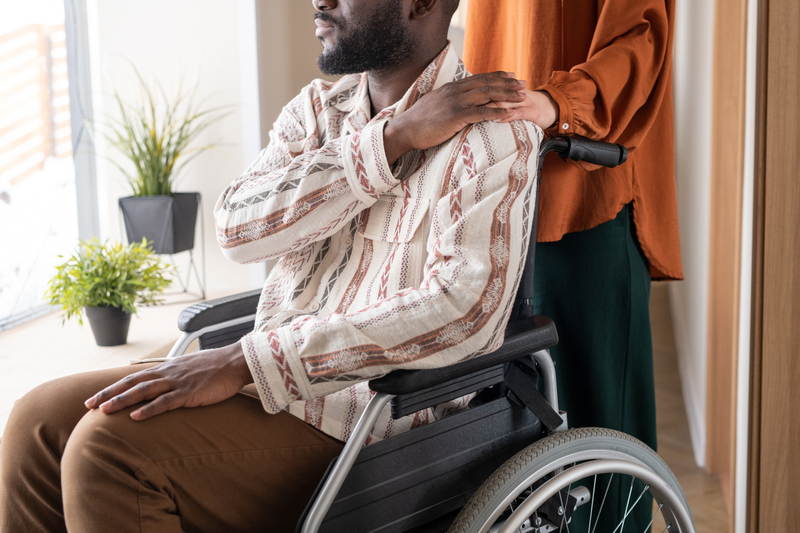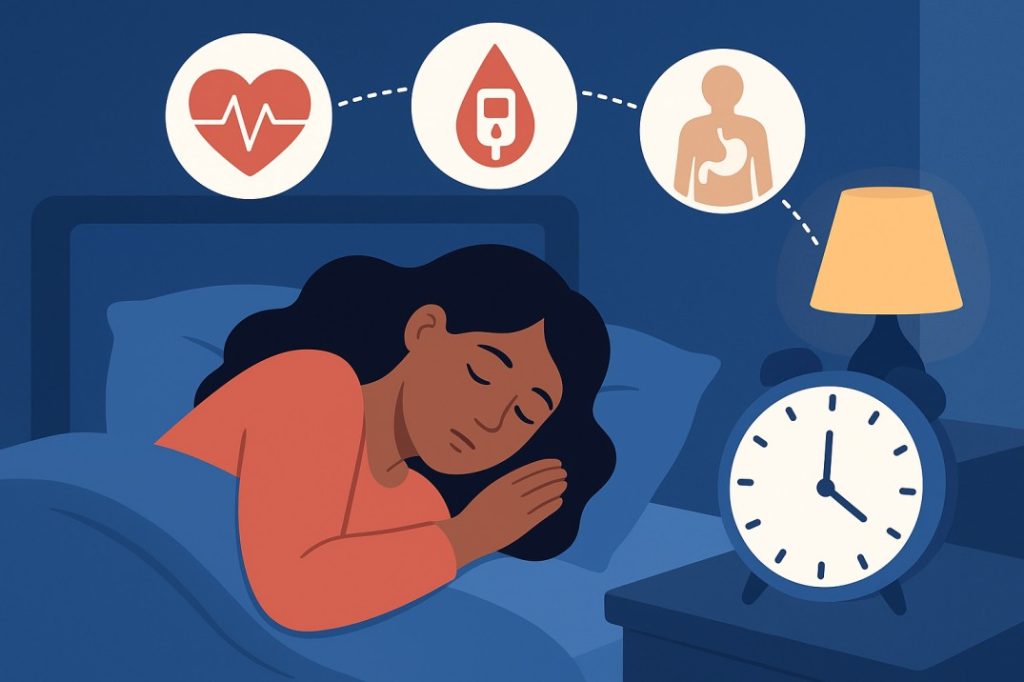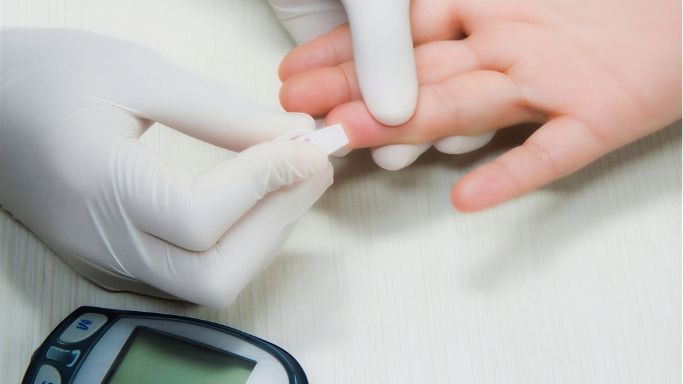impact
Characterizing the Impact of Race and Redlining on Receipt of Guideline-Compliant Locoregional Therapy among Older Women with Breast Cancer
Purpose/objective(s):
Breast cancer (BC) is one of few malignancies in which improved locoregional control has been shown to improve...
Multiple barriers impact BIPOC communities' mental health needs
According to the Substance Abuse and Mental Health Services Administration (SAMHSA), Black, Indigenous and People of Color (BIPOC) lack adequate in...
How do fiber and food insecurity impact the health of N.H.’s Hispanic community?
“We have this higher risk of developing nutritional deficiencies, chronic disease, and so on,” said Dao, who is originally from Venezuela. She want...
NC’s behavioral health investment impact on BIPOC
PHOTO | UNSPLASH
Black and Latino North Carolinians are less likely to receive mental heal...
Socioeconomic Status and Ethnicity Impact Pediatric Bone Cancer Outcomes
Pediatric osteosarcoma patients who are Hispanic or live in areas of high language isolation are more likely to have metastatic disease at the time...
Transgender health and the impact of aging and menopause
doi: 10.1080/13697137.2023.2176217.
Online ahead of print.
Affiliations
Expand
...
Trending Topics
Features
- Drive Toolkit
Download and distribute powerful vaccination QI resources for your community.
- Health Champions
Sign up now to support health equity and sustainable health outcomes in your community.
- Cancer Early Detection
MCED tests use a simple blood draw to screen for many kinds of cancer at once.
- PR
FYHN is a bridge connecting health information providers to BIPOC communities in a trusted environment.
- Medicare
Discover an honest look at our Medicare system.
- Alliance for Representative Clinical Trials
ARC was launched to create a network of community clinicians to diversify and bring clinical trials to communities of color and other communities that have been underrepresented.
- Reducing Patient Risk
The single most important purpose of our healthcare system is to reduce patient risk for an acute event.



















